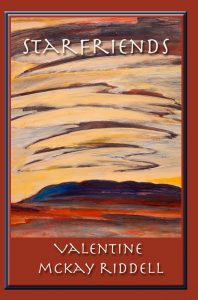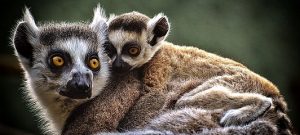 Exploring Anger:
Exploring Anger:
Where It Comes From, What It Does, Where It Goes
After months (and three issues of FWJ) investigating gentler ways of being in the world, we’ve concluded that the biggest elephant in the room now is Anger.
So, since FWJ enjoys confronting rogue elephants, here goes!
Everyone these days expresses anger in various ways. The key difference is that in the past, expressions of anger were largely internal, passive, or even suppressed, but now they’re in your face. The major question we’re asking is what’s the cause of all this ferocity? We’re not just talking politics, though certainly political beliefs and resulting behaviors continue to fuel not just anger but rage. The lack of affordable housing, inflation, homelessness, pandemics, and global unrest are major contributors.
For many years I’ve advised my counseling clients that anger masks fear, and that we fear what we don’t understand or feel we can’t control. Anger in itself is just red energy, a volatile force that can be used for good or evil. Anger can catalyze positive change if people manage to keep their heads and focus on the goal. Righteous anger has fueled many great social movements, here in the US and around the world. But people are not “keeping calm and carrying on,” not here or anywhere else. The danger of this is that like any untreated wound, unexplored anger cannot heal. Instead it causes systemic infection, eventually destroying the entire body.
FWJ Winter 2023 explores anger—its causes, effects, and trajectory. We invite you to share articles, personal stories, poetry, or artwork illustrating your own experiences of anger—how it’s impacting your life and what you are doing about it.
Be sure to read our Submission Guidelines and email your submission (Word doc for text and jpg for images):
Editors, FWJ Winter 2023: journal@orenda-arts.org
Submission Deadline: December 15, 2022
Note: All previous digital issues of Four Winds Journal are available on our website under Journal Archives. Click here to purchase the latest issue (or archived issues) in print.
Photo – Andrea Piacquadio








